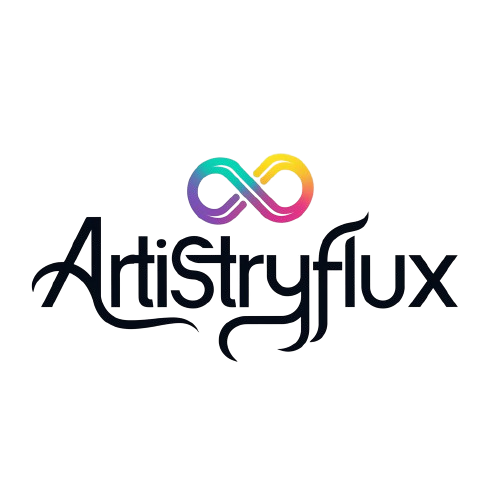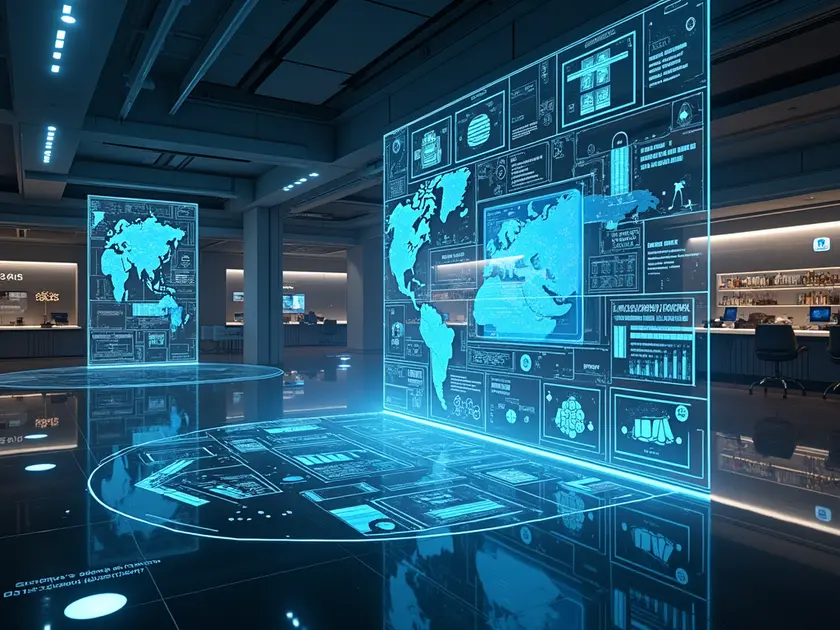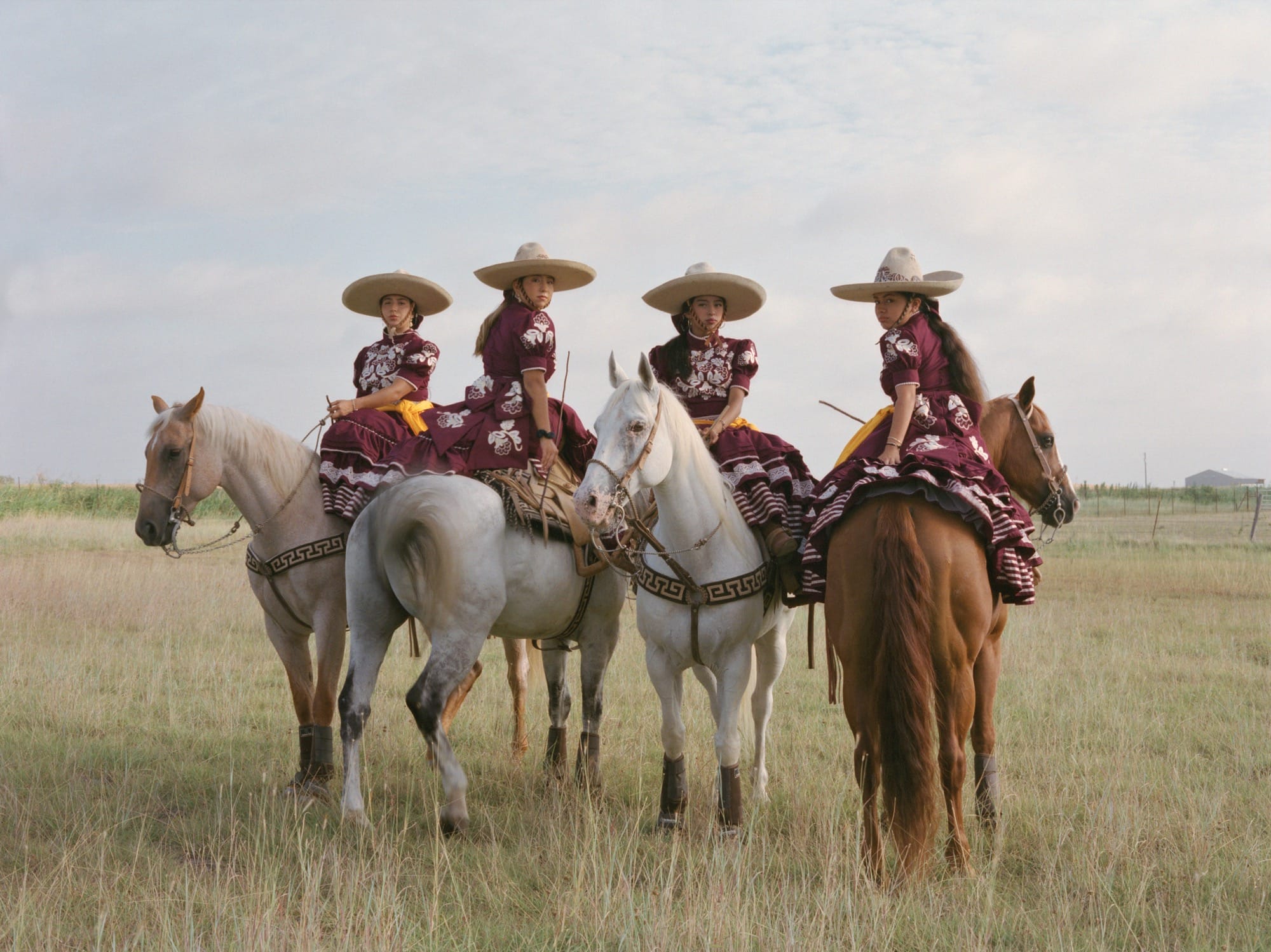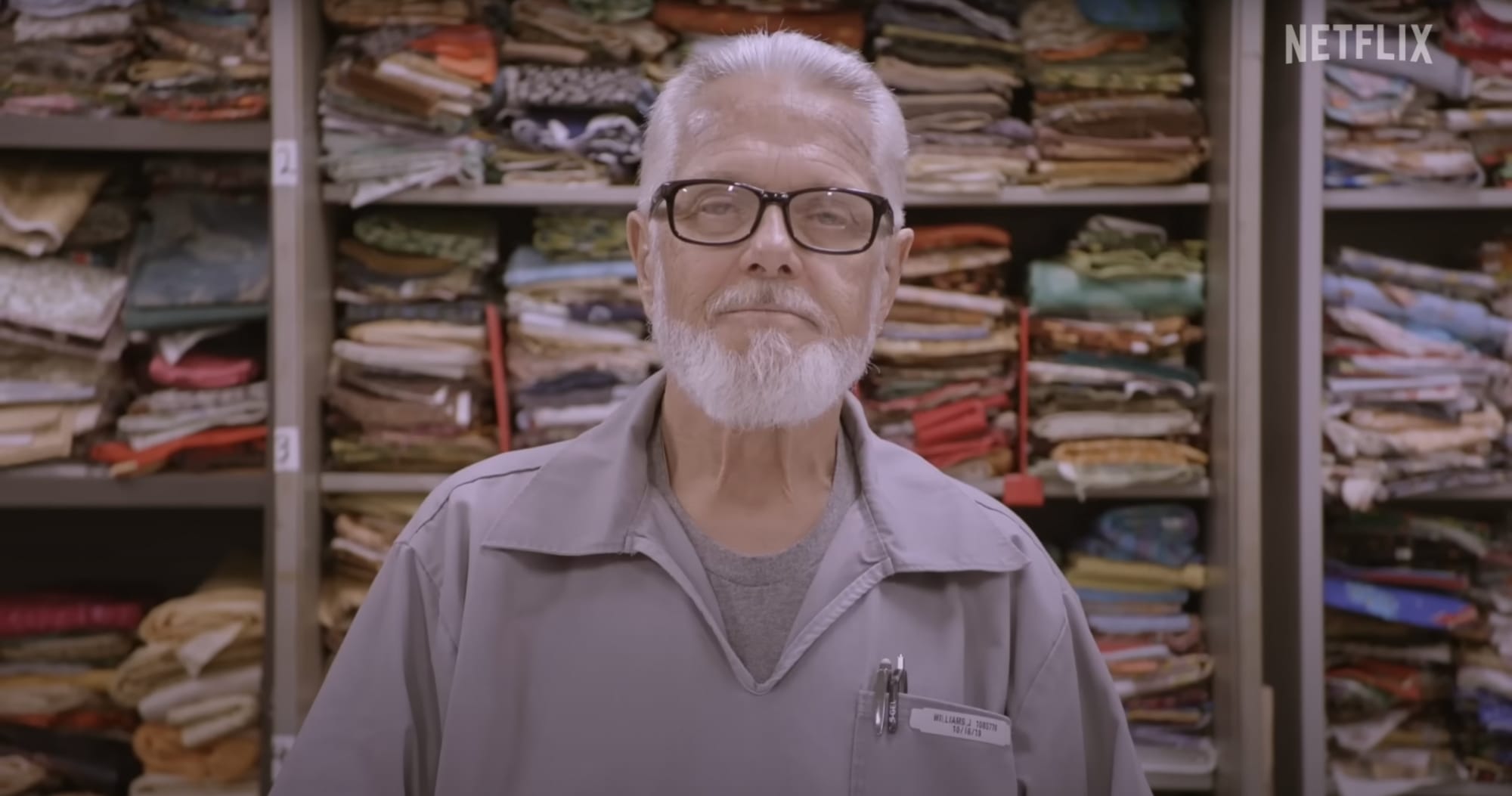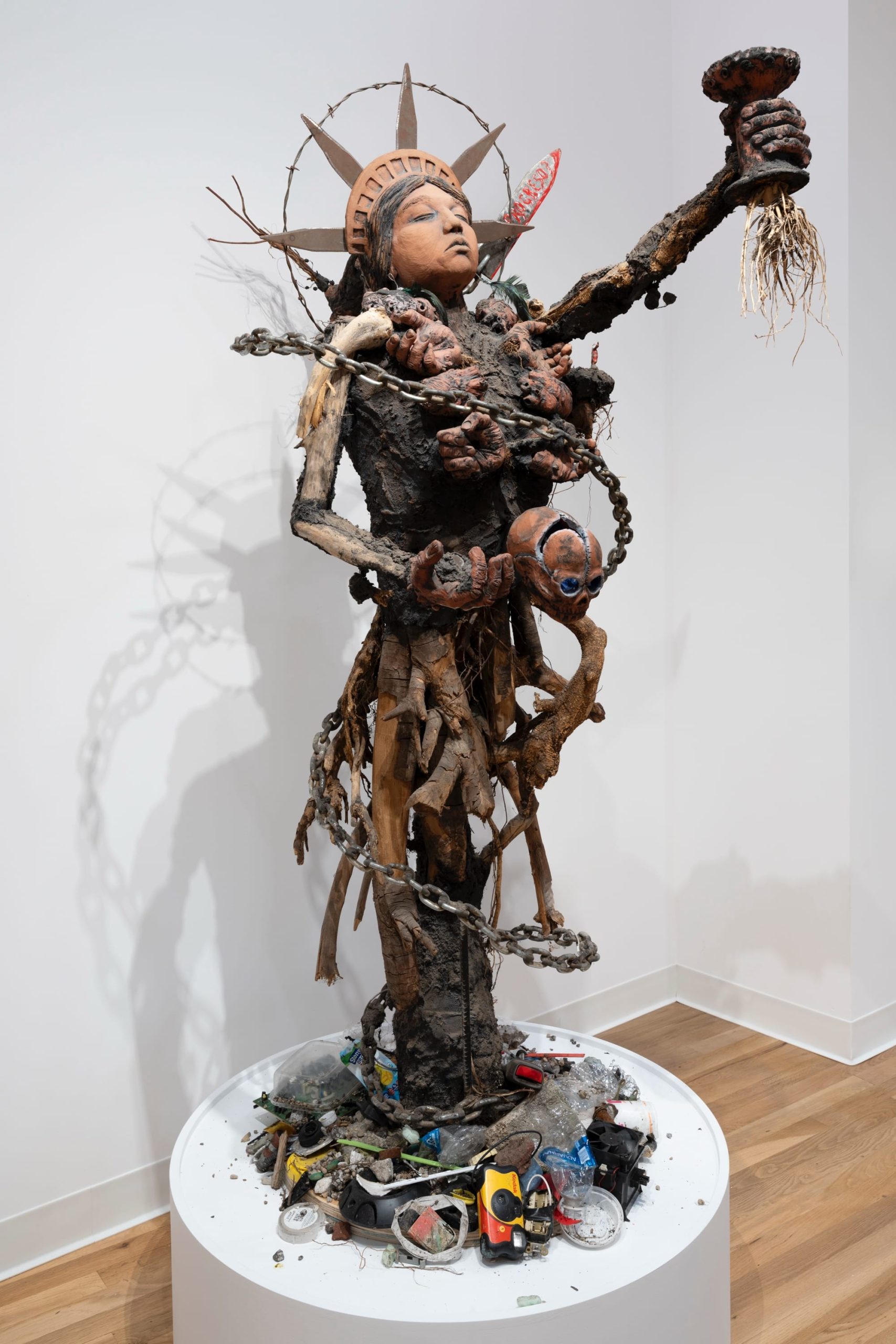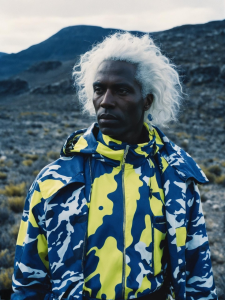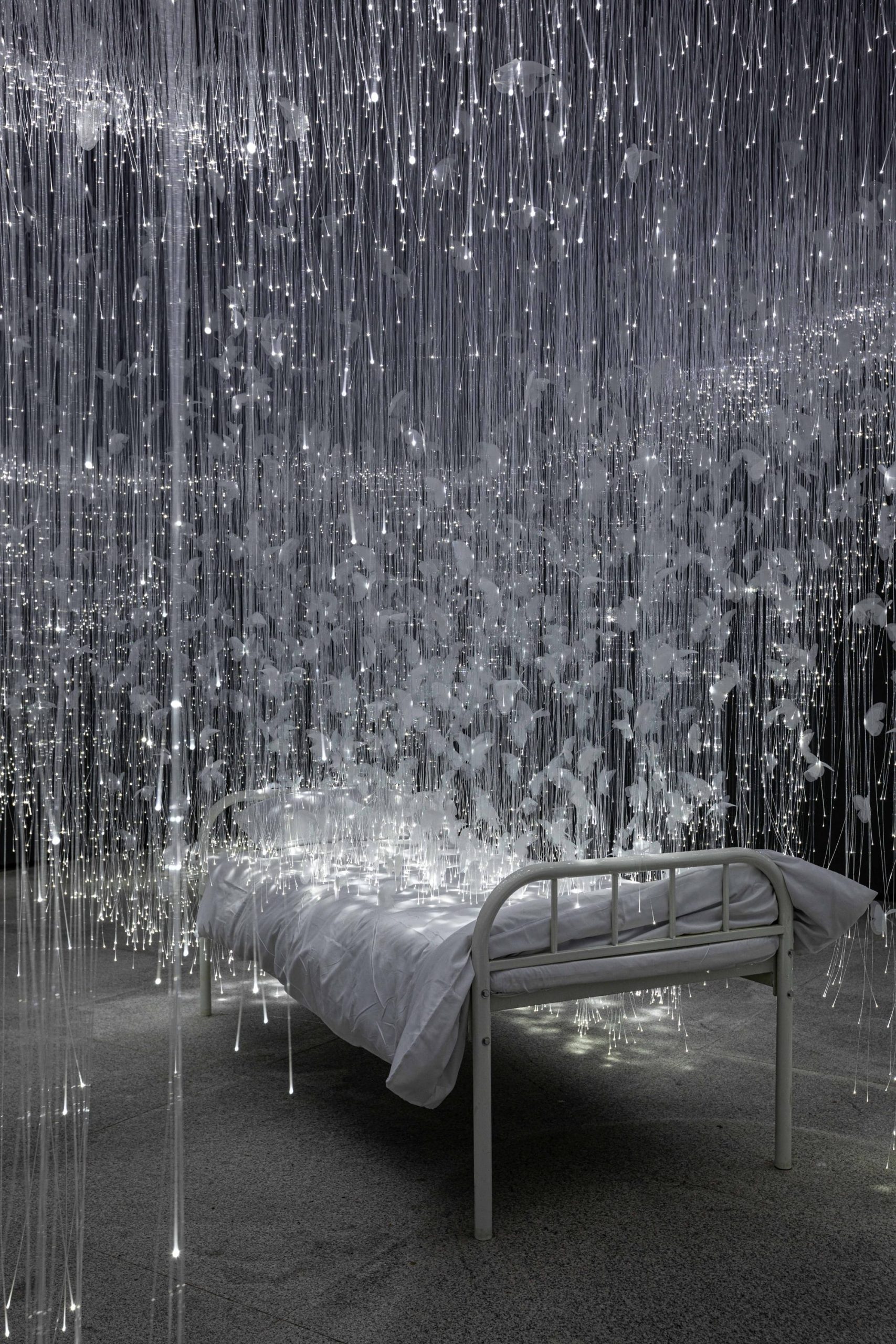Exploring the Intersection of Art and Technology
In today’s digital age, the fusion of art and technology has opened up a world of limitless possibilities for creative expression. Artists are increasingly utilizing technology to push the boundaries of traditional art forms and engage audiences in innovative ways. This article delves into the dynamic relationship between art and technology, examining how digital tools have revolutionized the art world. From the evolution of digital art to interactive installations and the rise of virtual reality experiences, we will explore how these advancements are shaping the future of creativity.
The Evolution of Digital Art
Digital art has come a long way since its inception, transforming the way artists create and audiences experience art.
From Pixelated Beginnings to High-Resolution Masterpieces
- The early days of digital art were characterized by pixelated images and limited color palettes.
- Advancements in technology have enabled artists to create high-resolution masterpieces with intricate details.
Exploring New Mediums and Techniques
- With the rise of digital tools and software, artists have been able to explore new mediums and techniques previously not possible.
- From digital painting to 3D modeling, the possibilities for creativity in digital art are endless.
The Influence of Digital Platforms and Social Media
- Digital platforms and social media have revolutionized the way digital art is shared and consumed.
- Artists now have the ability to reach a global audience instantly, leading to greater exposure and opportunities.
In conclusion, the evolution of digital art has opened up a world of possibilities for artists, allowing them to push boundaries and redefine traditional art forms.
Interactive Installations: Engaging the Audience
Interactive installations are immersive experiences that captivate audiences by allowing them to actively participate in the art piece.
Engagement through Interaction
- Users can touch, move, or manipulate elements within the installation, creating a unique and personalized experience.
- By engaging multiple senses, interactive installations leave a lasting impact on the audience.
Enhancing Creativity and Collaboration
- Interactive installations encourage creativity by challenging viewers to think outside the box and explore new possibilities.
- Collaborative experiences foster a sense of community and connection among participants.
Breaking Barriers
- Interactive installations break down traditional barriers between the artist and the audience, creating a more inclusive and accessible art form.
- These installations invite viewers to become co-creators, blurring the lines between passive observation and active participation.
Overall, interactive installations revolutionize the way art is experienced, making it more engaging, interactive, and inclusive for audiences of all ages and backgrounds.
The Future of Creativity: Virtual Reality Experiences
Virtual Reality (VR) technology is revolutionizing the way artists and creators engage with their audiences. By immersing users in digital environments, VR offers a new realm of possibilities for creative expression.
Immersive Storytelling
- VR allows storytellers to transport audiences to new worlds, creating deeply immersive narratives that blur the line between reality and fiction.
- Creators can craft interactive experiences where users play an active role in shaping the story, leading to personalized and engaging content.
Enhanced Visual Arts
- Artists can use VR tools to paint in 3D space, sculpt digital masterpieces, and explore new forms of visual expression that were previously unimaginable.
- Viewers can step inside artworks, experiencing them from different perspectives and gaining a deeper understanding of the artist’s vision.
Cross-Disciplinary Collaboration
- VR technology is breaking down barriers between different creative disciplines, allowing artists, musicians, designers, and technologists to collaborate on innovative projects.
- By merging various art forms within virtual environments, creators can push the boundaries of traditional art and create truly unique experiences.
As VR technology continues to evolve, the future of creativity holds endless possibilities for artists and audiences alike. By embracing virtual reality experiences, creators can unlock new dimensions of storytelling, visual arts, and collaborative innovation.
